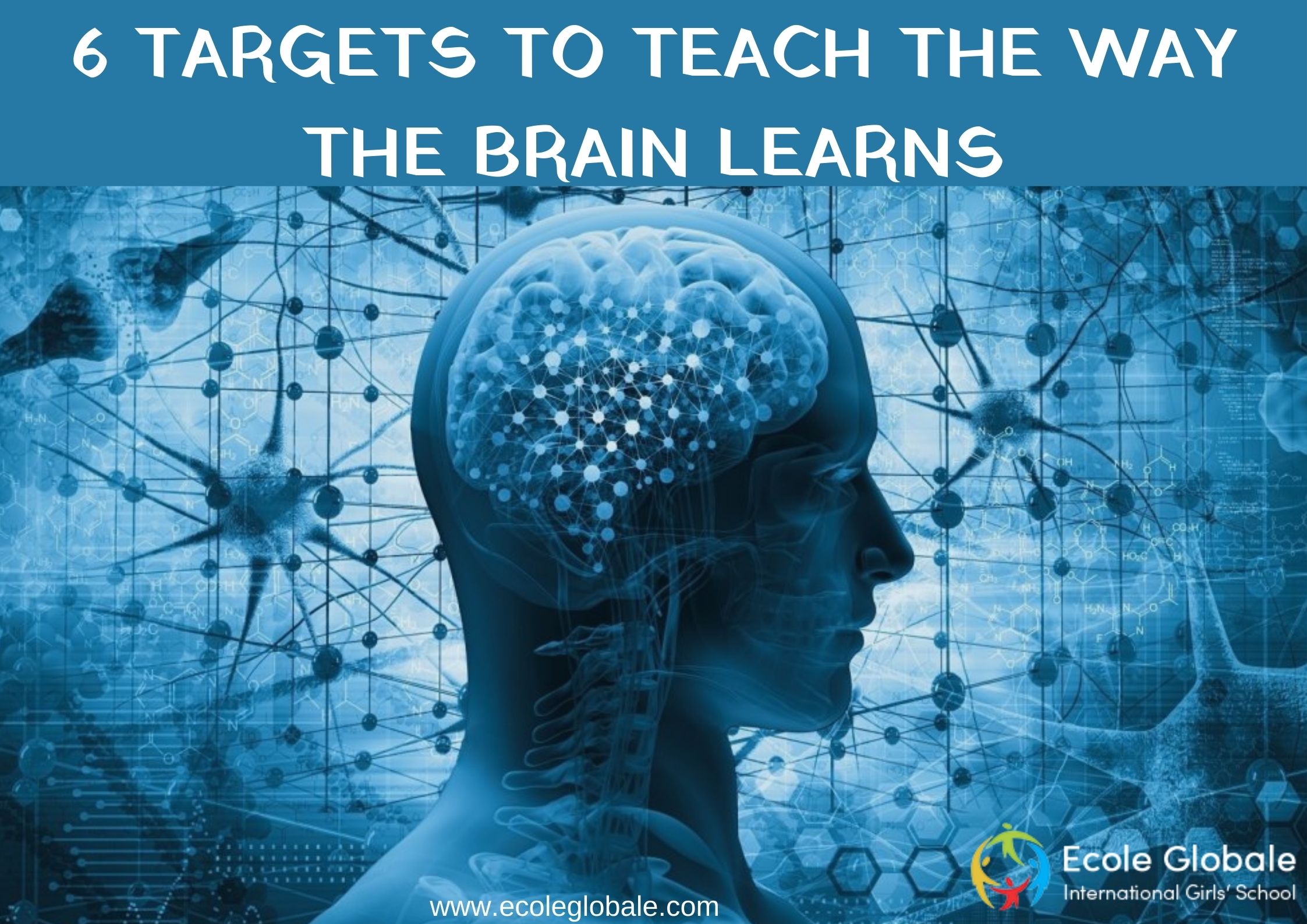Educators frequently encounter students’ indifference and inattention, seeing that young people do not want to attend class in boarding school, make any attempt to learn, listen to lecturer explanations, or complete academic projects. Of course, such an attitude dampens instructors’ passion and causes them to question whether they made the right career choice. As a result, they treat academics as a means of earning money rather than a noble calling.
Do you have any idea how it feels? It is worthwhile not to get irritated. Neuroscience could be the answer. There are a variety of instructional tactics that can get students’ brains working and absorbing knowledge with zeal. In this article, I’ve established the six goals for teaching the brain’s learning style.
DEVELOP AN EMOTIONAL ENVIRONMENT
Some people believe the brain is a calculator that can make judgments without being influenced by emotions. Yes, if this were true, our lives would be a lot easier. But things aren’t quite as they seem. In reality, feelings guide all of our actions. We aren’t aware of it, yet the amygdala (a brain region responsible for the emotional state) receives information before the cortex (a part of a brain responsible for thinking).
As a result, it’s critical to create an environment that allows students to unwind and experience happy emotions. Teachers intimidating kids should not expect any improvements because worries and stress obstruct constructive education. When young people arrive for a class, it is preferable to welcome them warmly, make eye contact, and engage in a brief conversation before starting to work.
CREATE A PHYSICAL SPACE TO WORK IN
A classroom should be furnished with everything necessary to make students feel at ease. It is important to ensure that there is adequate lighting, furniture that is appropriate for the height of the learners, and that there is no background noise that may distract young people from their studies. Changes promote brain activity. Replace tables as needed, create fascinating wall displays, experiment with different lighting combinations, or even host classes in parks and libraries. Your instructional environment should not be drab and uninspiring.
CREATE A LEARNING ENVIRONMENT
Professors should present information in a way that connects new and old knowledge. Education appears to be a chain with numerous interrelated links. A system would not work if one of these linkages broke or was missing. Each topic should be researched in the context of the subject to which it belongs, with some background, a broader picture. It makes no sense to educate someone on how to operate a computer if they have no idea what a computer is.
Understand that students, like young people, have psychological needs for security and order, love needs, self-confidence and leadership skills, free speech and novelty, and playful, in addition to physical needs. Students are constantly motivated to meet all of these demands, not just two or three. Students are pleased to be in the classroom when teachers purposefully satisfy these needs, behavior issues are considerably less common, and student engagement and learning improve.
TEACH WITH THE GOAL OF MASTERY
The information must be grasped and strengthened in practice in order to be transported from short-term memory to long-term memory. A brain performs far better when pupils immerse themselves in their tasks rather than passively absorbing new information. Furthermore, engaging activities promote learning passion and give value to all that young people undertake.
Mastery learning is the most significant educational breakthrough of our time. Mastery learning, at its foundation, allows students to progress at their own speed as they master knowledge, skills, and dispositions. Effective scale-up will totally transform how children learn, teachers teach, and schools operate. State testing, educational research, and the labor market will all be transformed as a result. It will change how teachers are educated, how the curriculum is produced, and how learning is measured.
TEACH FOR THE FUTURE
When a person gets repeated sensory experiences, their learning efficiency improves. New brain connections form and function in predictable patterns. This is why many teachers are hesitant to use printed course materials to replace note-taking in the classroom. When a person writes by hand, words are imprinted in memory. Experiments are no exception. It’s simple to view a YouTube video that demonstrates how to do something. It encourages a far higher educational effect to accomplish these activities on your own. Students can use it to improve their decision-making skills, think about real-life scenarios, and solve hypothetical challenges.
EXAMINE YOUR PROGRESS
Young individuals find it difficult to accept that they do not know something till the exam date. As a result, multiple intermediate evaluations should be available, allowing for the detection of errors and the closure of knowledge gaps. Testing, for example, might be used to wrap up each topic’s study. Learners who study well are motivated by high grades, which provide them with the motivation to work hard and achieve new academic heights. Oral consultations with professors may be used to provide feedback. If each kid has a mentor, it is ideal.









